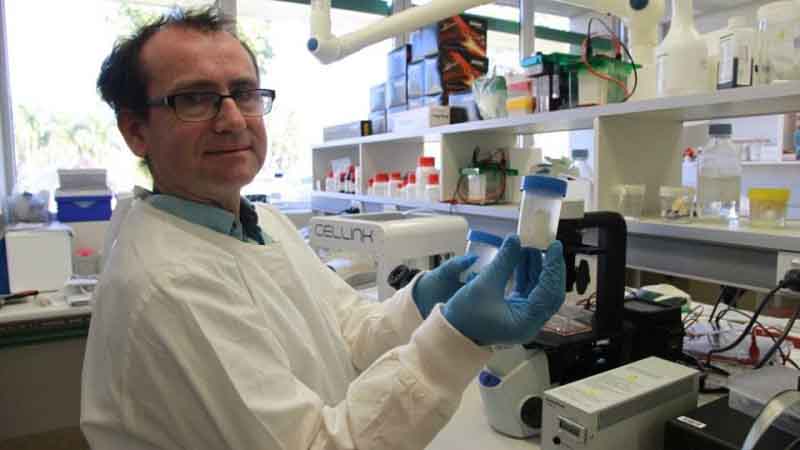
Dr. Pardraig Strappe, a microbiologist in central Queensland along with a team of researchers at CQUniversity, is using 3D printing, human stem cells, and crocodile cartilage to develop a 3D Printed Joint Cartilage to treat arthritis and joint injuries. The process involves extracting growth factors from crocodile cartilage, removing the proteins that set off a human immune response and adding adult stem cells using CELLINK 3D bioprinter.